Fujifilm X-T5 review: no school like the old school
Fuji's most mainstream CSC gets a sensor upgrade while keeping up tradition
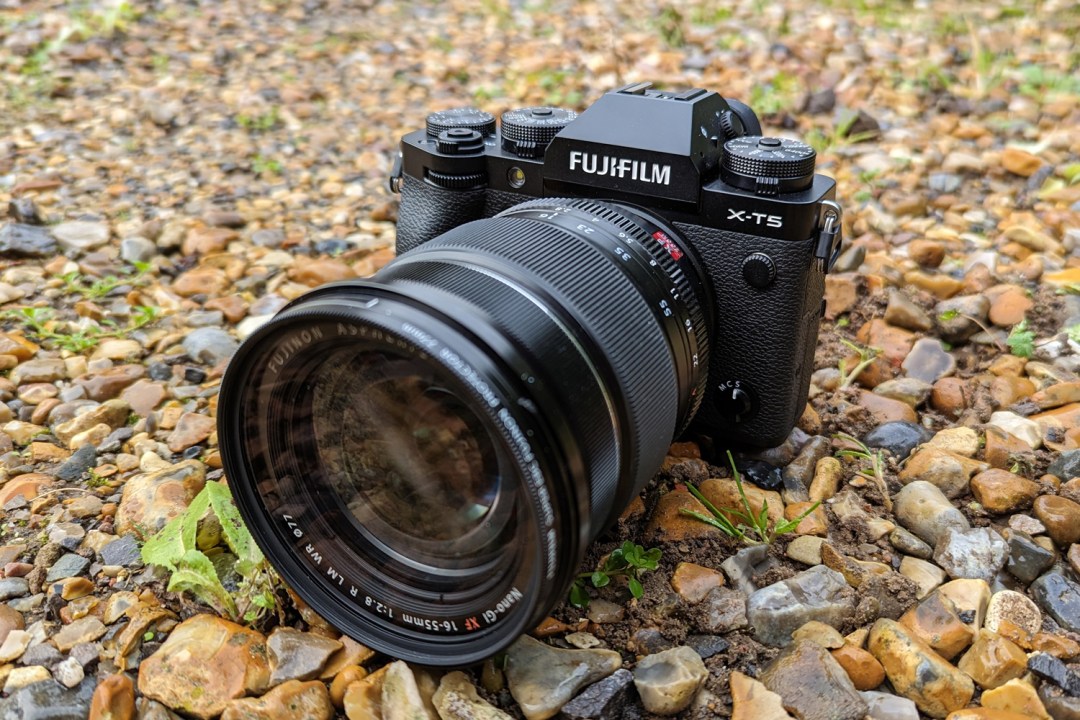
Fuji’s long-running X-T compact system cameras have blended all-round ability with throwback ergonomics for the best part of a decade now. It’s a trend that looks set to continue with the Fujifilm X-T5, which inherits the high pixel count sensor and faster X-Procesor 5 image processor of the altogether more modern X-H2, while keeping traditional SLR-style controls.
Some fans might see the fifth-gen snapper as a course correction from 2020’s X-T4, which arguably leaned a little too much towards video. With that role having effectively been handed to the X-H series, Fuji has returned to a stills-first approach here. It arrives to challenge the Canon EOS R7, Nikon Z5 and other mainstream APS-C models.
So, is it a step back that’ll limit its appeal, given the £1699 starting price – or is Fuij merely giving the people what they want?
Design & build: metal marvel
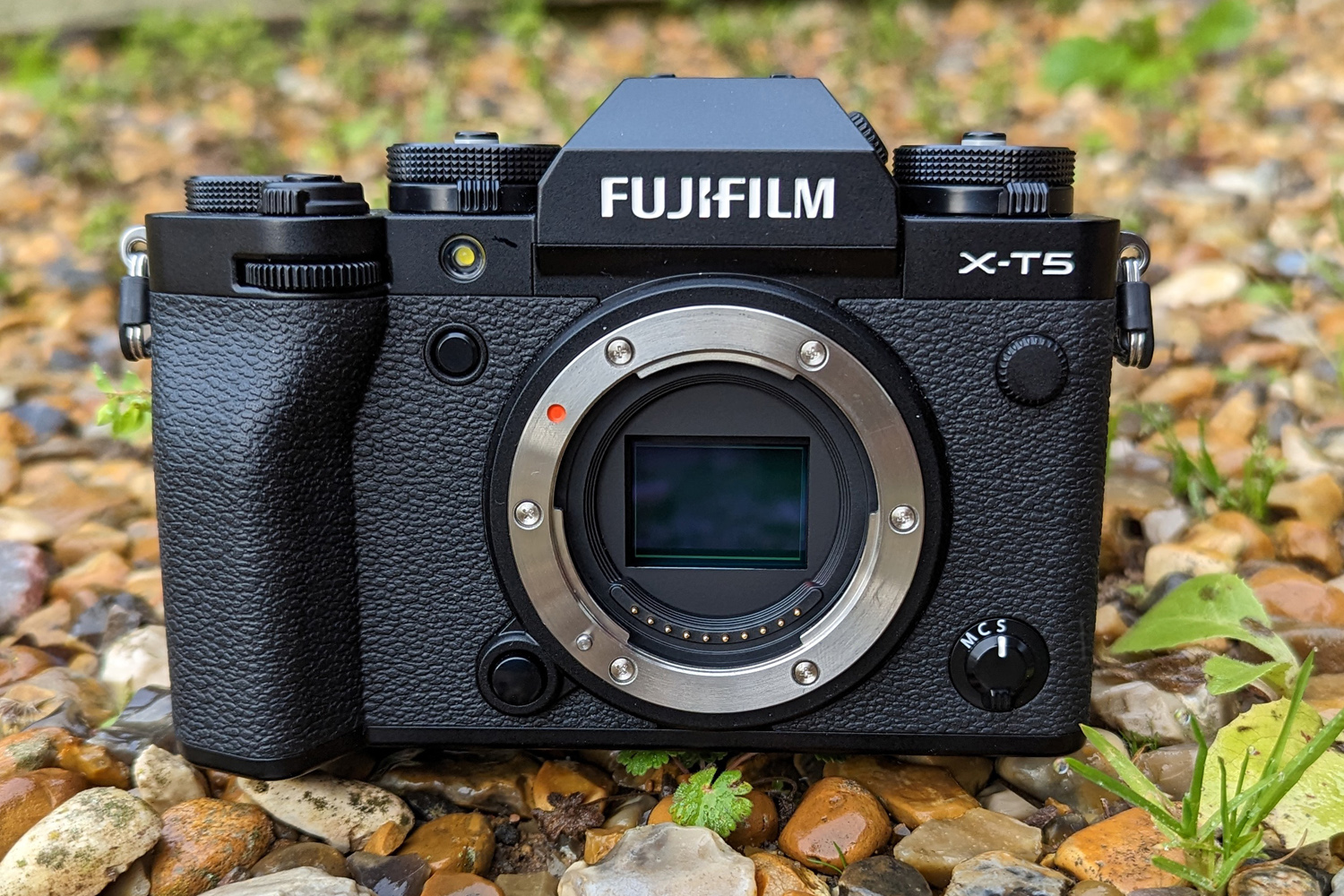
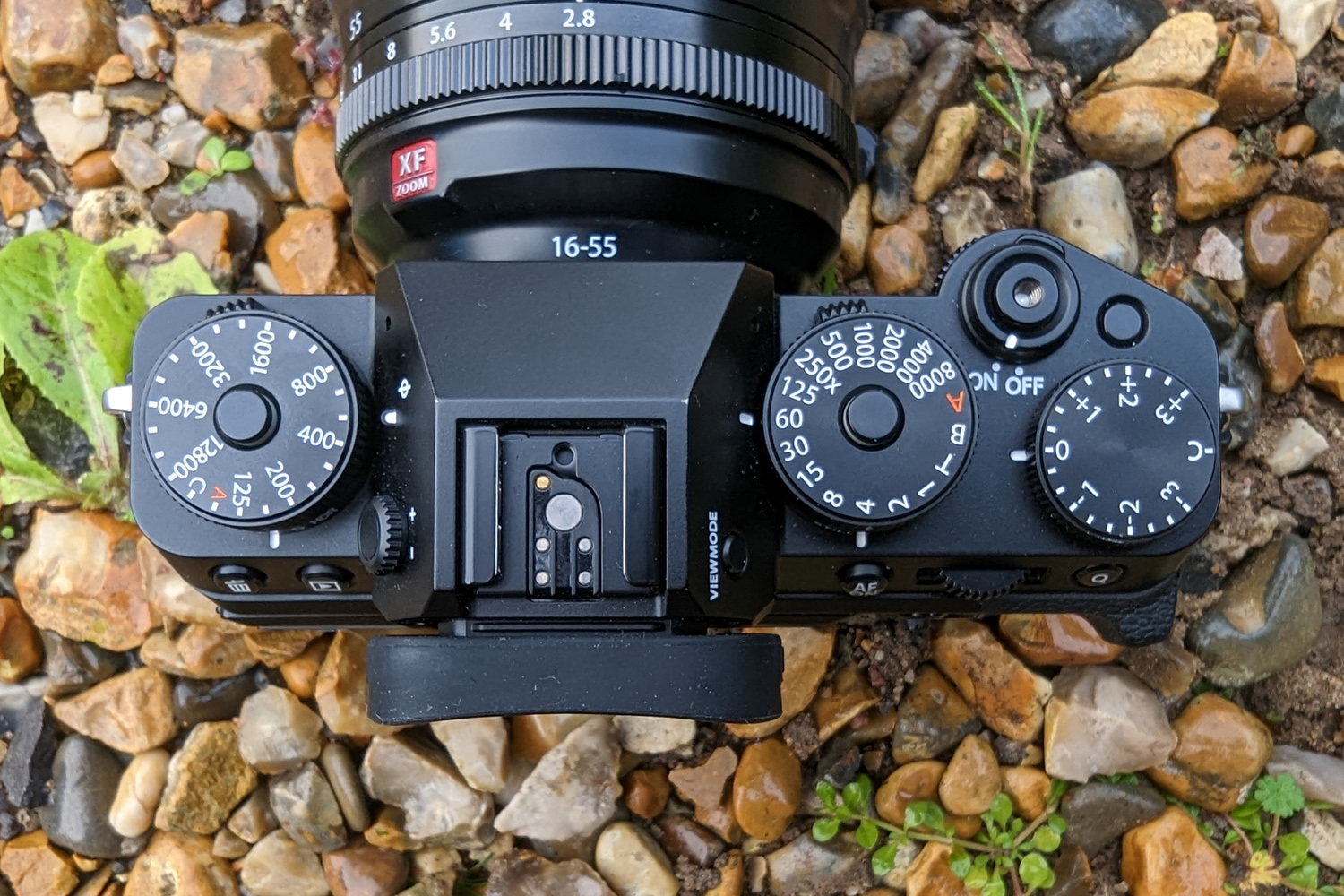
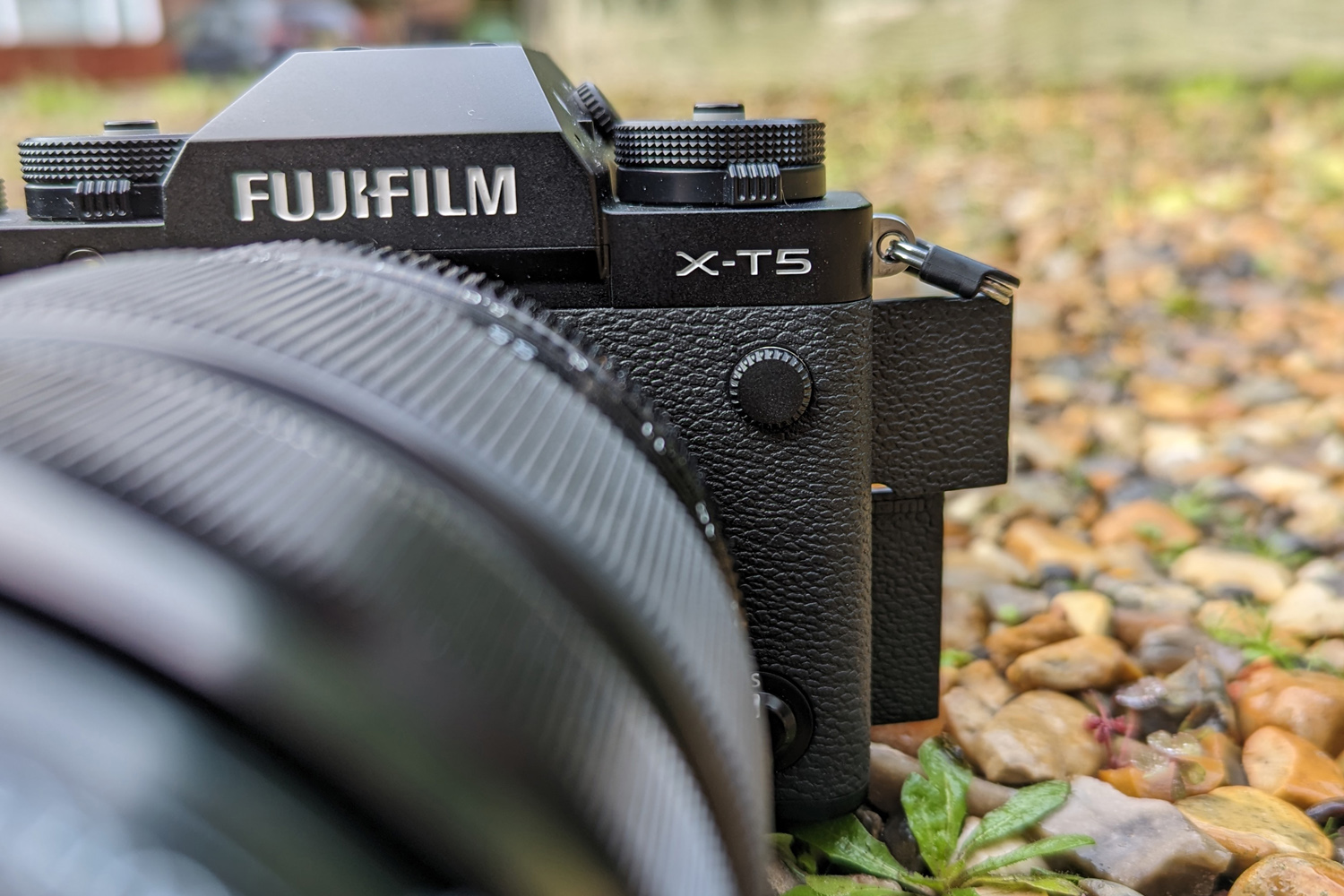
When the X-H2 and X-H2S jettisoned dedicated shutter speed, ISO and exposure compensation for a simpler PASM wheel, Fuji fans wondered if the X-T5 would go the same way. They needn’t have worried: individual controls return here, with double-stacked dials putting shooting modes and stills/video selection in equally easy reach.
The general layout hasn’t changed from the outgoing X-T4, although Fuji has managed to shrink the overall volume down by about 5% – making it a closer fit to the original X-T1. It feels instantly familiar, with the focus selection joystick and twin command dials right where your right thumb and index finger naturally rest around the chunky foregrip. The Fujifilm X-T5 has also shed about 50g compared to the X-T4, while staying weather-sealed.
It’s the 3in touchscreen display around back that sees the biggest physical change, returning to a 3-axis articulation instead of the vari-angle display used on the X-T4. Fuji says stills photographers didn’t like the old arrangement, which drew too much attention when flipped out to the side of the camera, and was fiddly when shooting at high or low angles. Here it flips up and down, then angles to one side if needed.
Vloggers and filmmakers might be disappointed, but that’s where the X-H2 comes into play. That camera’s OLED electronic viewfinder also has a slightly higher resolution and refresh rate than the X-T5’s, but it still performed very well in our testing. It looks plenty sharp and felt responsive, even in the eco mode which reduces brightness and refresh rate to reduce power consumption.
Features & battery life: view to a thrill
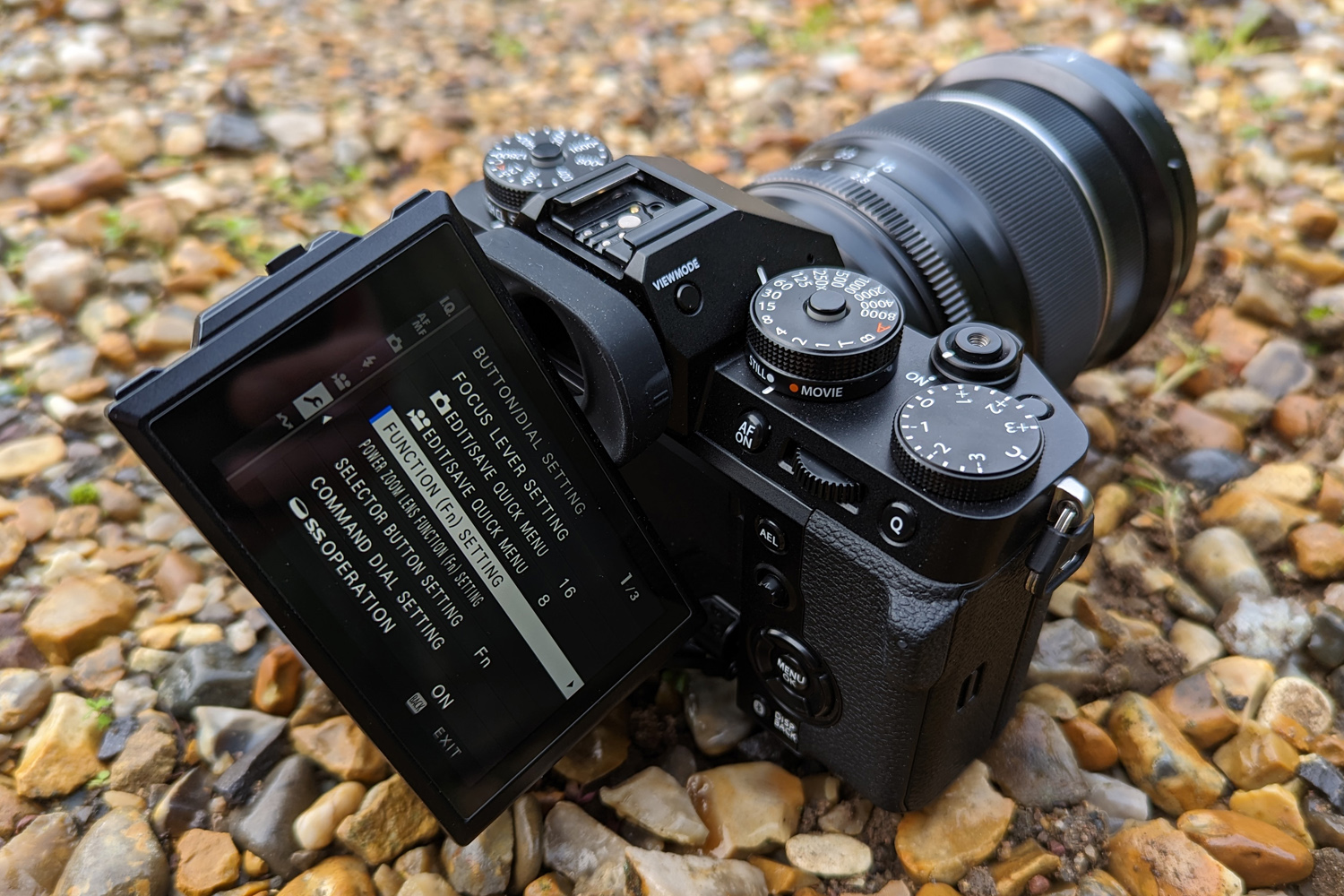
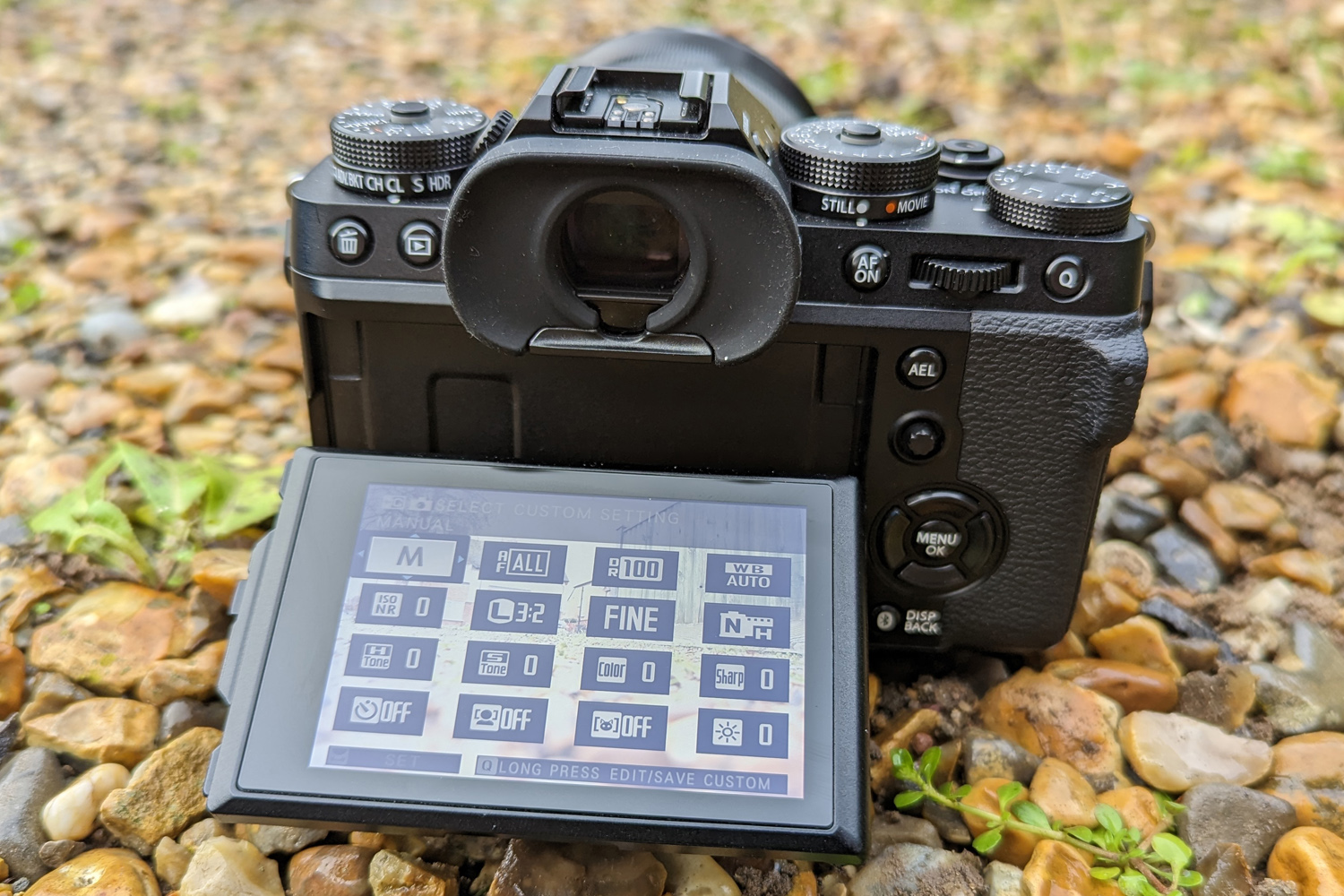
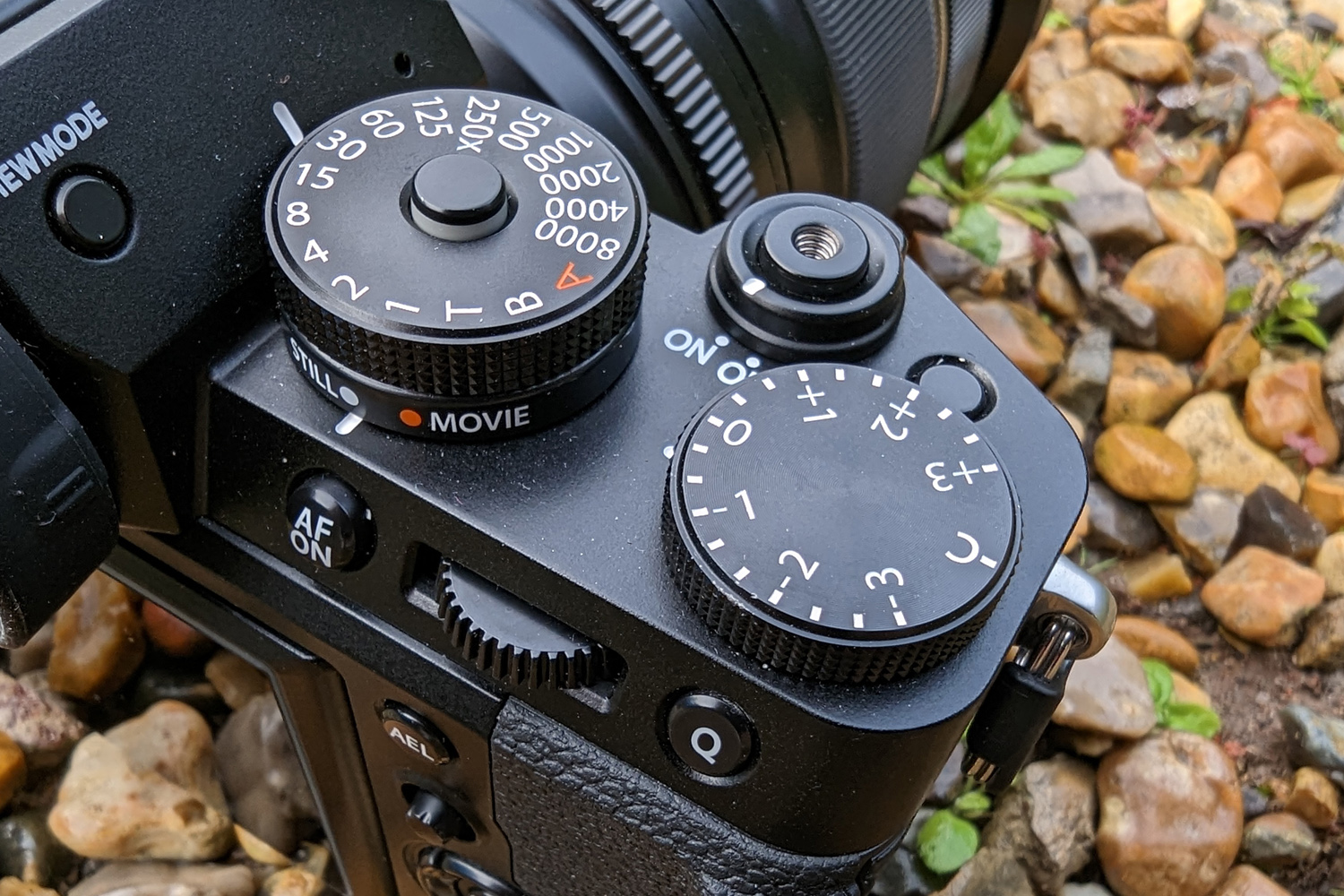
Beyond the different dials, the differences between the two cameras are otherwise minimal. They share the same 40.2MP sensor and X-Processor 5 image processor, so stills image quality will be identical.
The X-H2 has a larger memory buffer, so it can shoot continuously for longer before slowing down to save your snaps, and supports CFexpress memory cards for 8K video recording. The X-T5’s twin SD card slots can still manage 19 RAW frames before needing to take a breather, and considerably more when shooting JPEG, which should be fine for most hobbyists.
The X-T5 also swaps to a mini-HDMI port, rather than a full-size one, while charging remains by USB-C. Fuji has added a tethered webcam mode good for 4K/60p streaming, which could come in handy for home workers, along with tethered shooting. Bluetooth and 802.11ac Wi-Fi are on-board for wireless control and file transfers.
Battery life appears to have taken a significant step up compared to the X-T4, with Fuji promising 740 frames in economy mode – a 20% improvement, despite using the same capacity cell. The outgoing camera could also be equipped with a battery grip, although apparently not many people did, which is why there’s no option for that this time around. Those estimates bore out in our testing, with a fully charged battery comfortably lasting an entire day’s day’s shooting when sticking to shorter bursts. USB-C charging means a portable power bank can get the job done if you’re in a pinch.
Performance: sweet spot
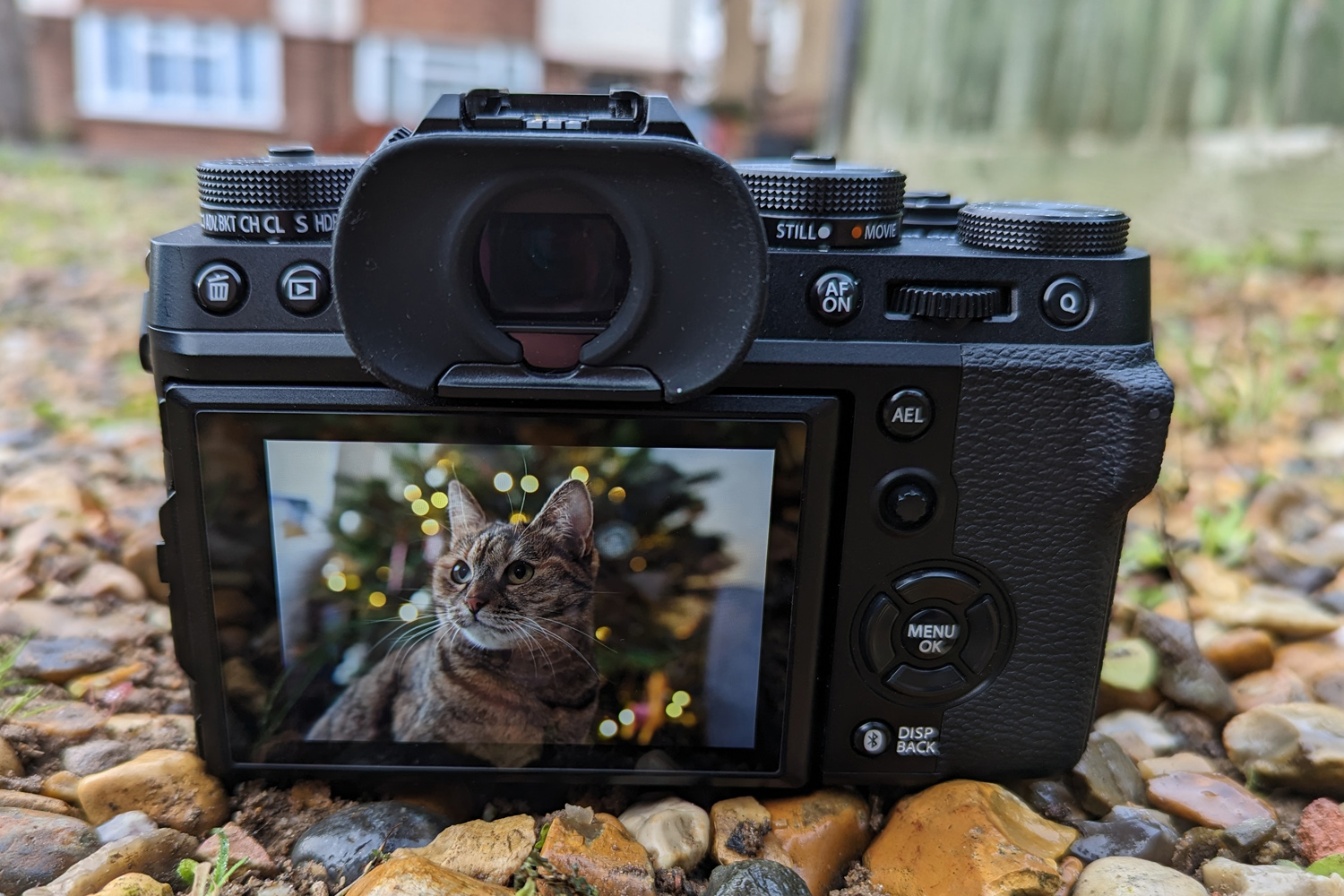
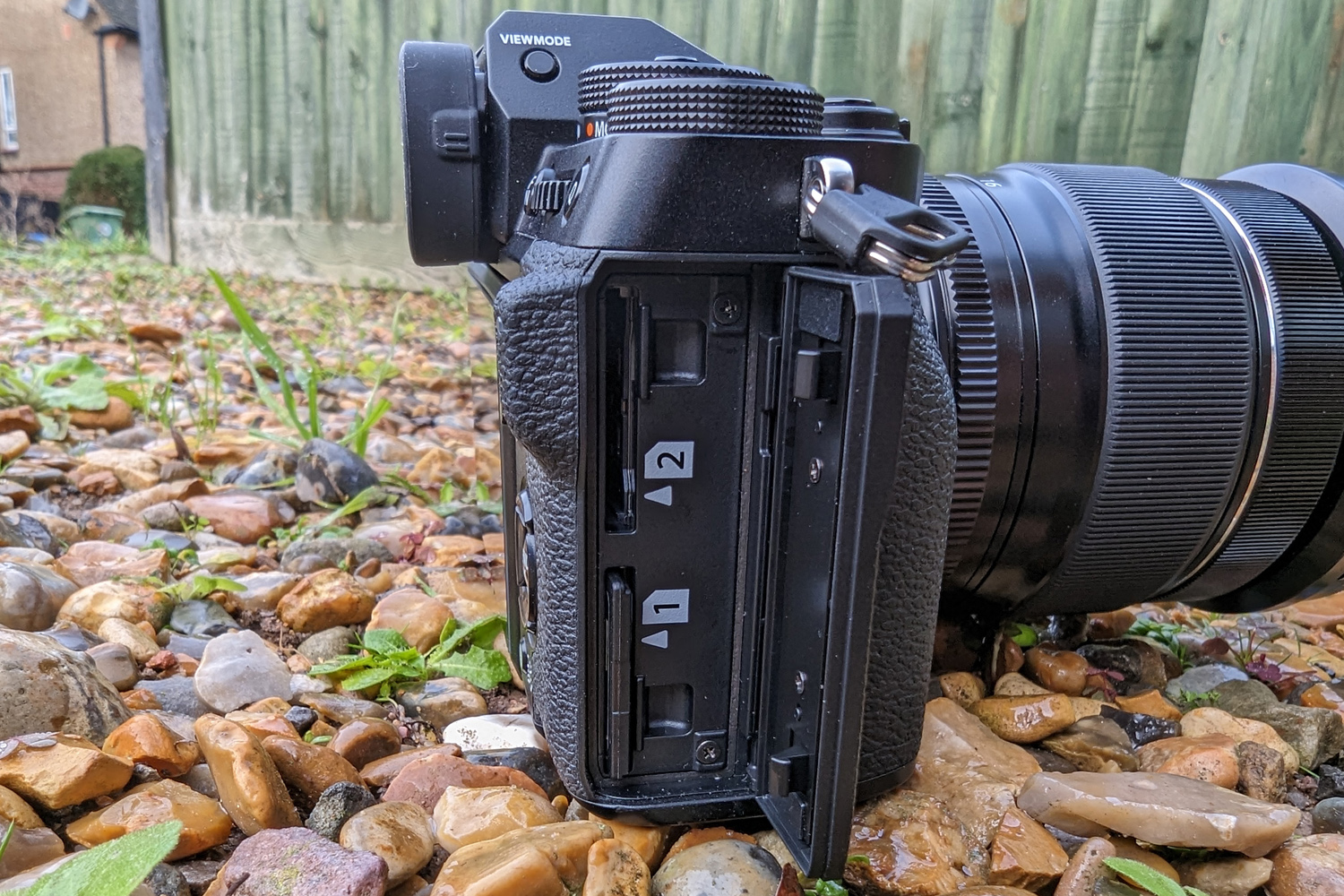
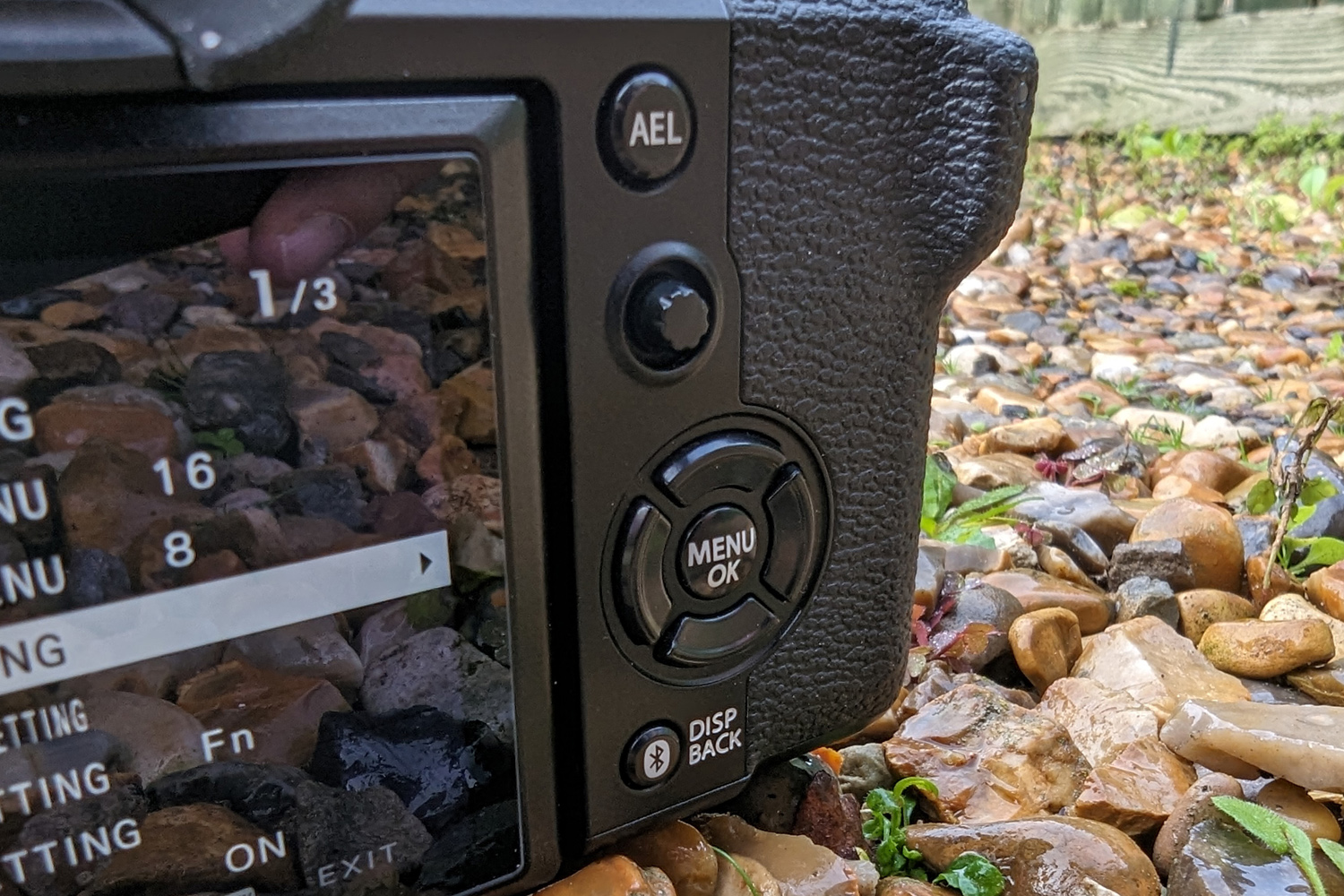
The X-T5 tops out at 15fps continuous shooting using the mechanical shutter, but can climb to 20fps using the electronic one as long as you don’t mind cropping the sensor slightly in the process. Fuji’s X-H2S remains the top pick for serious sports photographers (although it costs considerably more), but this is easily fast enough for most enthusiasts. It’s also on par with the similarly-priced Canon EOS R7.
It has an equally speedy autofocus to keep pace while you hold down the shutter button. The sensor has 100% phase detect autofocus coverage, letting you place the focus point anywhere onscreen, and Fuji’s subject detection algorithms also make a return. This goes beyond face and eye detection to recognise humans, pets and vehicles, and can be astonishingly accurate even when tracking fast-moving subjects – though you have to pick a specific mode before shooting. Bugs seemingly fall under the animals category, as it had no issues recognising the eyes of a stick insect.
In-body image stabilisation has been raised to 7.0 stops of light with compatible lenses, a half-stop increase over the last-gen X-T4. That should help counteract any unsteady hands without needing to reach for a tripod, even in lower light, and meant we could shoot at fairly slow shutter speeds during a studio test session.
There’s no shortage of options to tweak in the menus, with the Q menu putting regularly-changed settings just a few taps away. Multiple function keys can be customised for even easier access to things like film simulations or swapping between RAW and JPEG shooting.
Image quality: a bug’s life
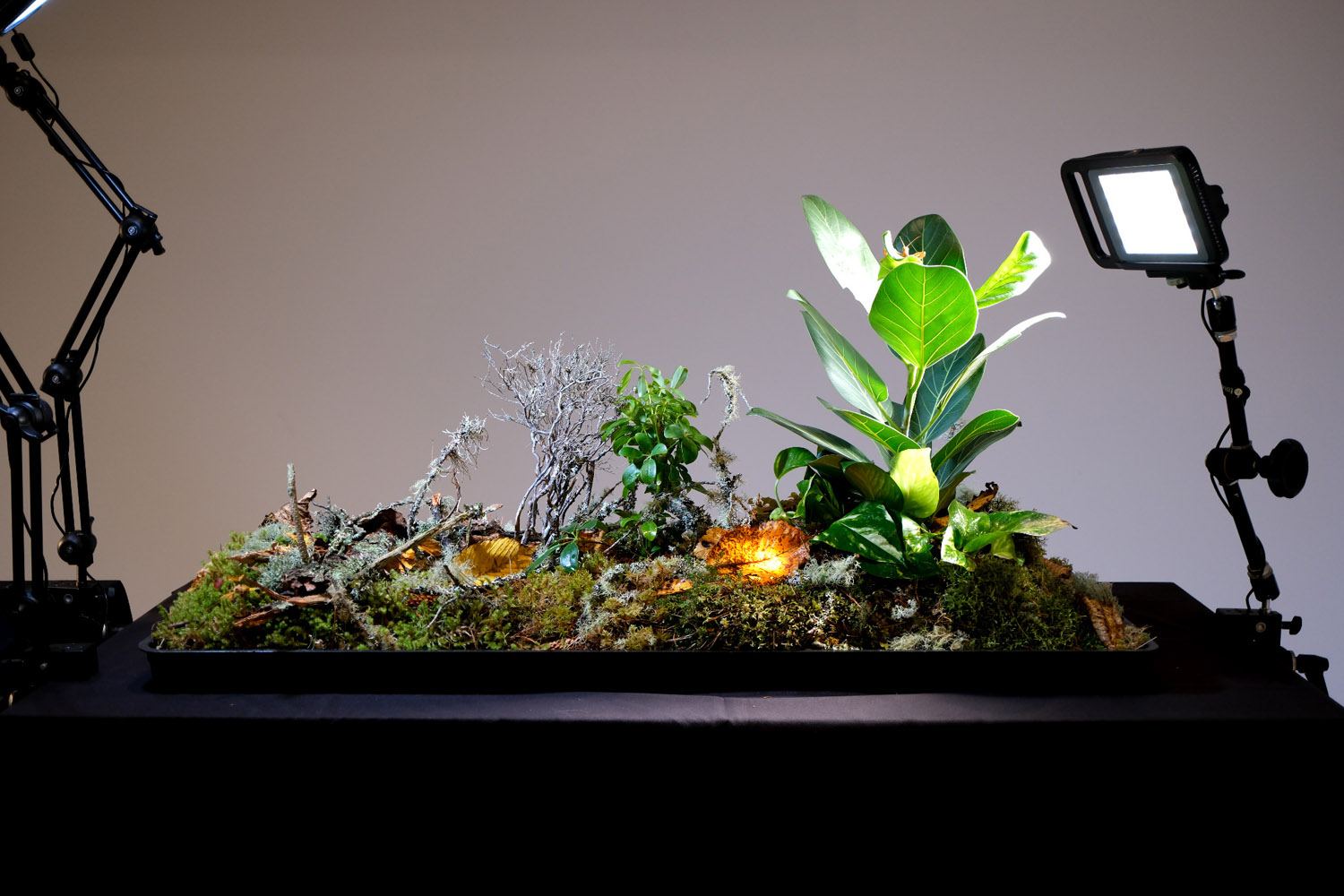

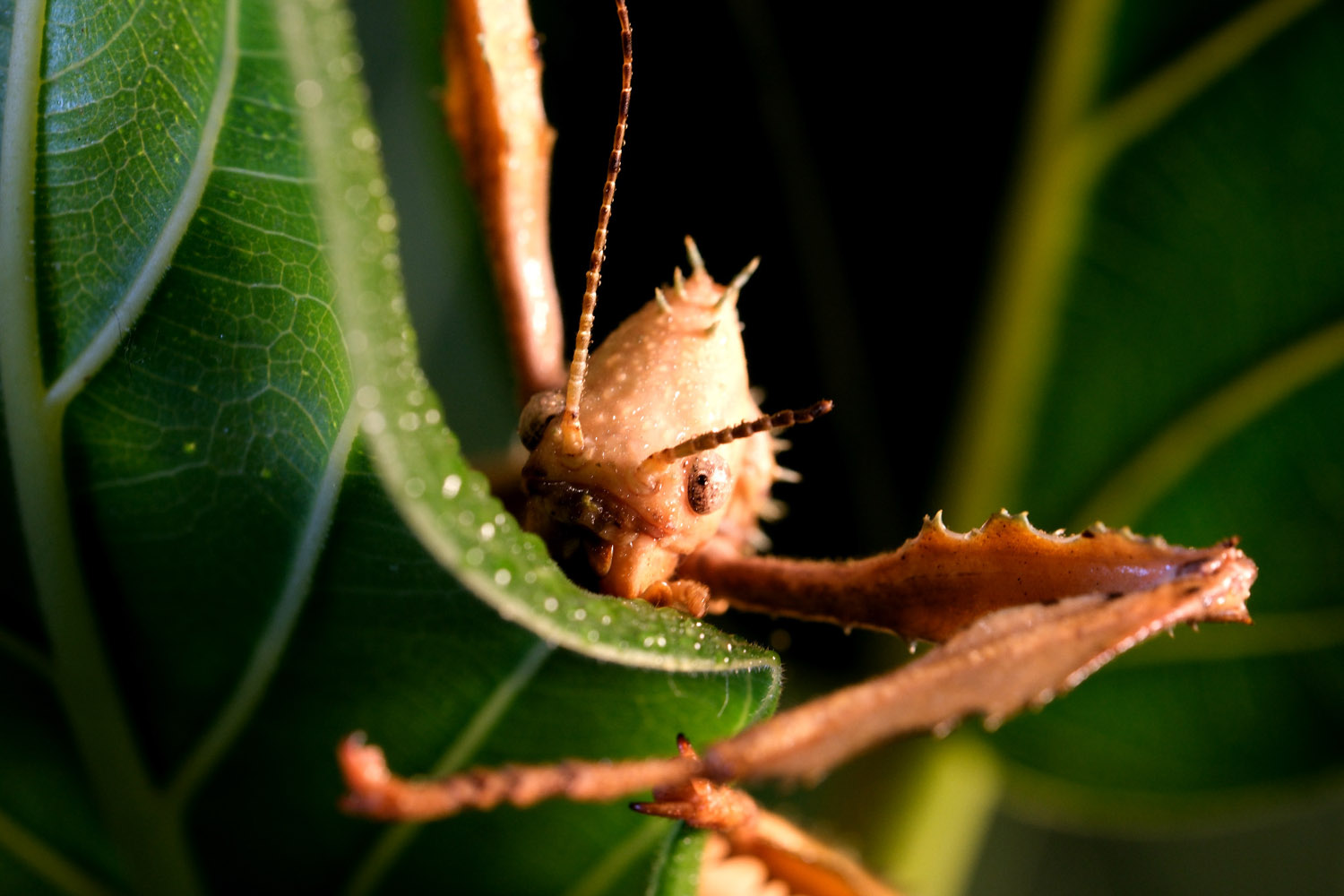









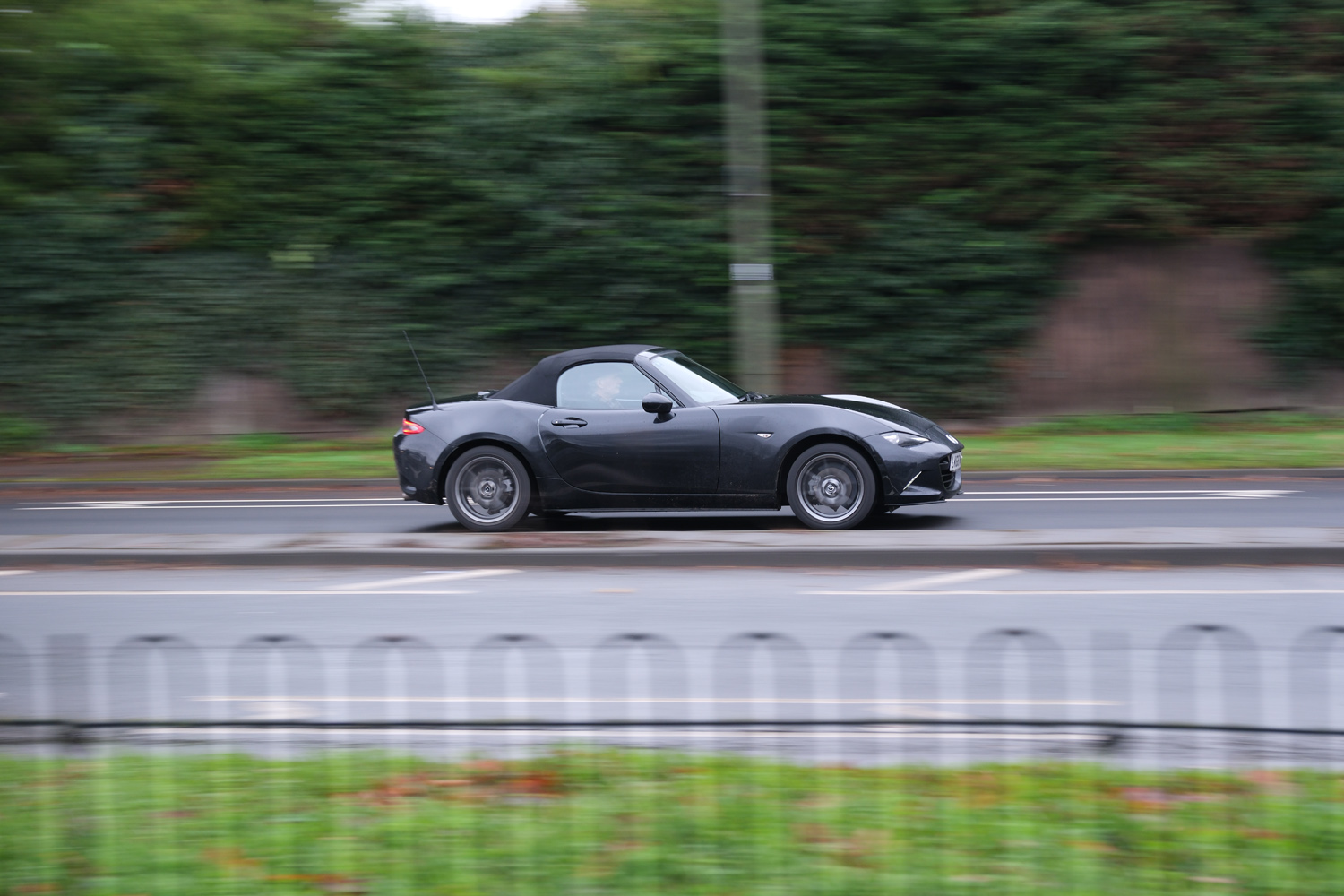
You don’t have to take many snaps to spot how well the X-T5 copes in all lighting conditions. Our testing included a studio session using Fuji’s 30mm /f2.8 and 80mm f/2.8 macro lenses, while all the outdoor shots were taken with XF 16-55mm f/2.8 and 50-140mm f/2.8 zooms. The above samples have been resized from their original resolution.
It’s clear Fuji’s colour science remains on point, with vibrant hues that stay on the right side of realistic without the need for later tweaking. Dynamic range is impressive, retaining details in shadows while exposing the brighter parts of each scene, and the high pixel count ensures there’s a wonderful amount of preserved detail. More expensive full-frame sensors might be becoming the norm elsewhere in the camera world, but APS-C still proves its worth here.
Landscape photographers can use the pixel shift multi-shot mode, which combines images into a 160MP finished image, for even more resolution, although you’ll need a tripod on hand to use it, and computer to edit the final result – it can’t be done in-camera. It’s worth keeping in mind that even the regular 40MP shots will give older PCs a workout, too.
Fuji’s film simulation modes are as pleasing to experiment with as ever: there are 19 to choose from, with several vintage looks that transform a scene without becoming an instagram-style pastiche. Some are more subtle than others, but they’re infinitely customisable and work particularly well for portraits or street photography.
Image noise is well controlled, even at high ISO. The seven stops of in-body image stabilisation let you shoot at slower shutter speeds with steady hands, rather than reaching straight for a tripod.
Stills might come first, but the X-T5 is also a dab hand at video recording. It can can shoot at 6K resolution if you don’t mind 30fps footage, as well as 4K at 60fps. The latter can be saved in 10-bit 4:2:2 colour, either using Fuji’s own F-log2 format in-camera or as ProRes RAW or BlackMagic RAW to an external storage device. It can also handle 240fps slo-mo at 1080p, and there’s a microphone input for improved audio, although serious filmmakers will probably head towards the X-H2 and its CFexpress format card support.
Fujifilm X-T5 verdict
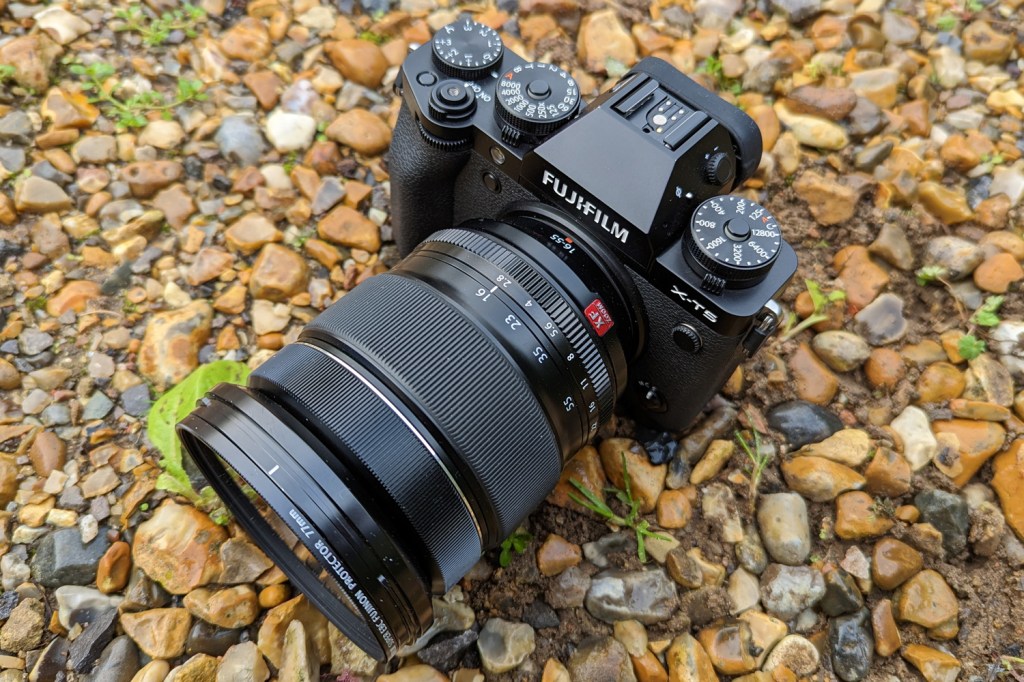
If the X-T4 was a sideways step for Fuji’s long-running CSC range, the Fujifilm X-T5 is shaping up to be a confident stride forwards. In delivering identical stills performance to the altogether more modern X-H2, while retaining the physical dials and compact dimensions that’ll please photography purists, the X-T5 is the absolute sweet spot of Fuji’s revised line-up.
The 40.2MP resolution and 15fps burst shooting make it an ideal all-rounder, while Fuji’s extensive lens line-up means enthusiasts that prefer snapping action or wildlife will find something here to like as well. The form factor will also feel instantly familiar to anyone that’s used an X-T camera before.
As mainstream models go, this has to be top of any hobbyist’s shopping list.
Stuff Says…
Modern internals meet the manual controls loved by Fuji die-hards. It’s a fantastic all-rounder.
Pros
Superb still image quality
Refined yet familiar ergonomics
Effective stabilisation and subject-detect autofocus
Cons
Slightly restrictive RAW image buffer
Multi-shot mode needs a PC
Fujifilm X-T5 technical specifications
| Sensor | 40.2MP APS-C |
| Lens mount | Fuji X-Mount |
| ISO range | 64-51200 (extended) |
| Continuous shooting | 15fps (mechanical) 30fps (electronic) |
| Video recording | 6K/30, 4K/60, 1080p/240 |
| Screen | 3in, 3-way LCD |
| Viewfinder | 3.69m-dot EVF |
| Storage support | 2x SDXC UHS II |
| Connectivity | Mini HDMI, USB-C, microphone in, Wi-Fi, Bluetooth |
| Dimensions | 130x91x64mm, 557g (body only, including battery) |




